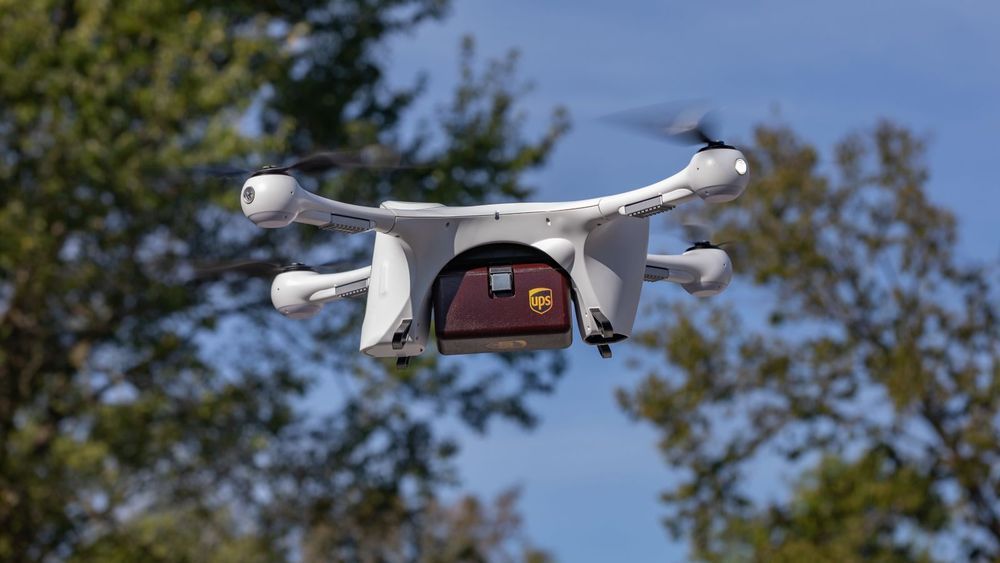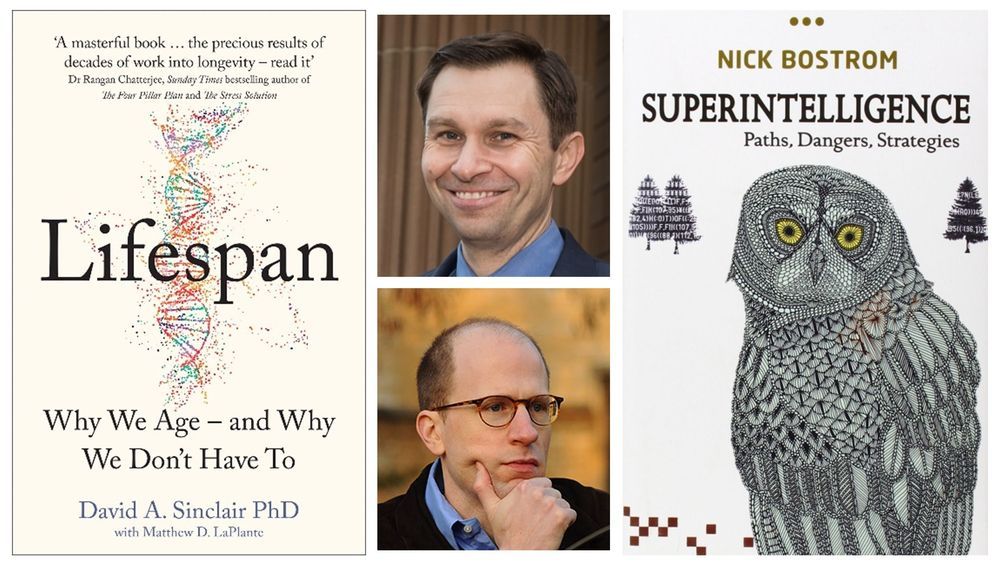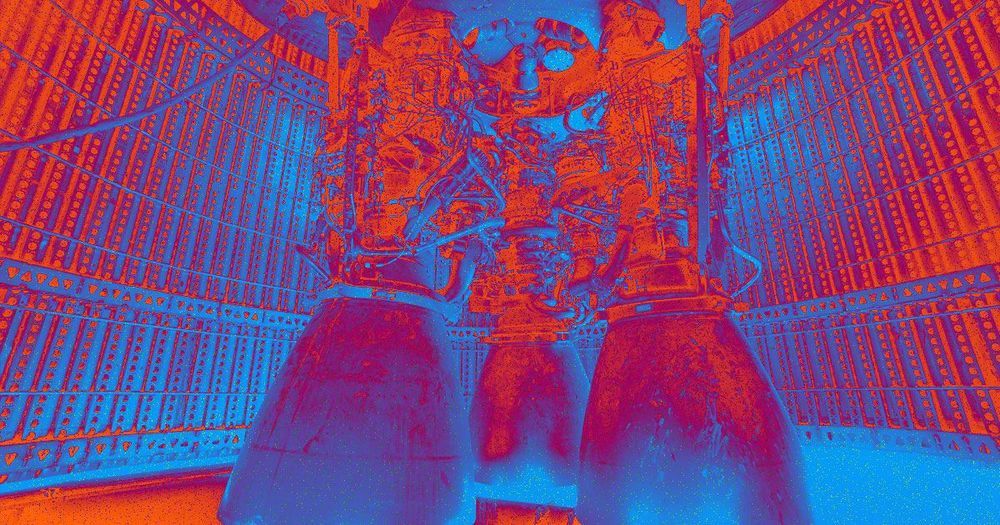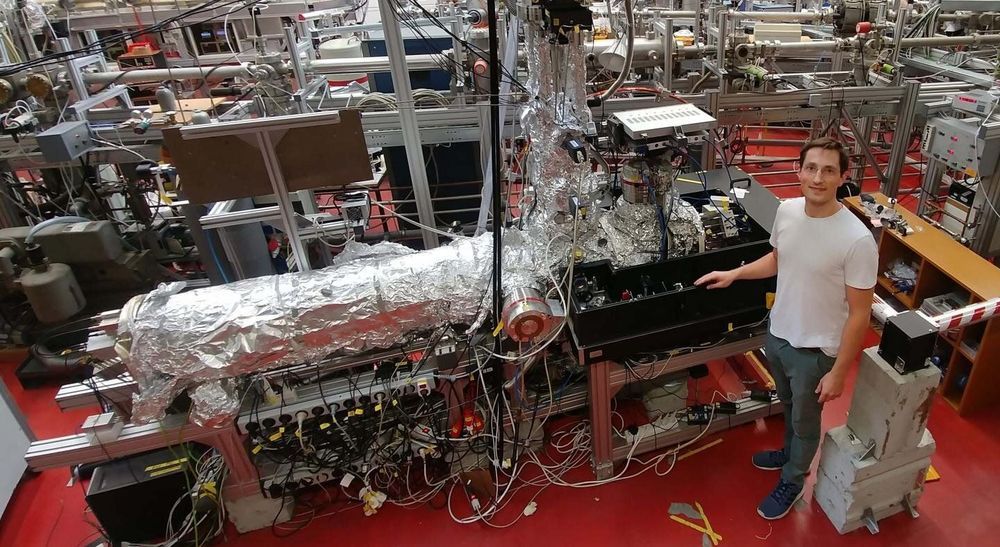This thorough review focuses on the impact of AI, 5G, and edge computing on the healthcare sector in the 2020s as well as a look at quantum computing’s potential impact on AI, healthcare, and financial services.
Get the latest international news and world events from around the world.

UPS Gets FAA Approval to Run America’s First Drone Delivery Airline
The Federal Aviation Administration has given UPS approval to run a drone fleet, enabling the company to create a UAV delivery airline.
UPS announced on Tuesday that the federal agency granted the company a Part 135 certification—a high level of certification used by charter airlines—to operate its drones. This permits UPS to fly drones that carry loads exceeding 55 pounds, to fly drones at night, and to fly the devices out of sight of operators. As UPS puts it, the “certification has no limits on the size or scope of operations.”




Fruit flies live longer with combination drug treatment
A triple drug combination has been used to extend the lifespan of fruit flies by 48% in a new study led by UCL and the Max Planck Institute for Biology of Ageing.
The three drugs are all already in use as medical treatments: lithium as a mood stabiliser, trametinib as a cancer treatment and rapamycin as an immune system regulator.
The findings, published in Proceedings of the National Academy of Sciences (PNAS), suggest that a combination drug treatment may one day be helpful at preventing age-related diseases in people.

Elon Musk Releases Video Showing Interior of Starship Prototype
Musk revealed the stainless steel monstrosity during a presentation at SpaceX’s Boca Chica, Texas testing site on Saturday. The hope is that it’ll one day allow up to 100 passengers to travel to the Moon, Mars, and beyond.
The record-breaking rocket will eventually be 160 feet tall and twice as powerful, according to Musk, as NASA’s retired Saturn V rocket that took American astronauts to the Moon during the Apollo missions.

Beyond Einstein: Physicists solve mystery surrounding photon momentum
Albert Einstein received the Nobel Prize for explaining the photoelectric effect: in its most intuitive form, a single atom is irradiated with light. According to Einstein, light consists of particles (photons) that transfer only quantised energy to the electron of the atom. If the photon’s energy is sufficient, it knocks the electrons out of the atom. But what happens to the photon’s momentum in this process? Physicists at Goethe University are now able to answer this question. To do so, they developed and constructed a new spectrometer with previously unattainable resolution.
Doctoral student Alexander Hartung became a father twice during the construction of the apparatus. The device, which is three meters long and 2.5 meters high, contains approximately as many parts as an automobile. It sits in the experiment hall of the Physics building on Riedberg Campus, surrounded by an opaque, black tent inside which is an extremely high performing laser. Its photons collide with individual argon atoms in the apparatus, and thereby remove one electron from each of the atoms. The momentum of these electrons at the time of their appearance is measured with extreme precision in a long tube of the apparatus.
The device is a further development of the COLTRIMS principle that was invented in Frankfurt and has meanwhile spread across the world: it consists of ionising individual atoms, or breaking up molecules, and then precisely determining the momentum of the particles. However, the transfer of the photon momentum to electrons predicted by theoretic calculations is so tiny that it was previously not possible to measure it. And this is why Hartung built the “super COLTRIMS.”

These wireless earbuds can translate languages as you hear them
TL;DR: Learn languages on the go with the Aunu Audio M50 headphones — pair it with the companion app for just $99.99.
We’ve seen it all when it comes to truly wireless earbuds: superior sonics, sleek design, sweat, water, and life-proof construction. Earbuds that look like AirPods for less. And earbuds that are AirPods.
This time, though, we’re putting the spotlight on something different: the Aunu Audio M50 true wireless headphones.